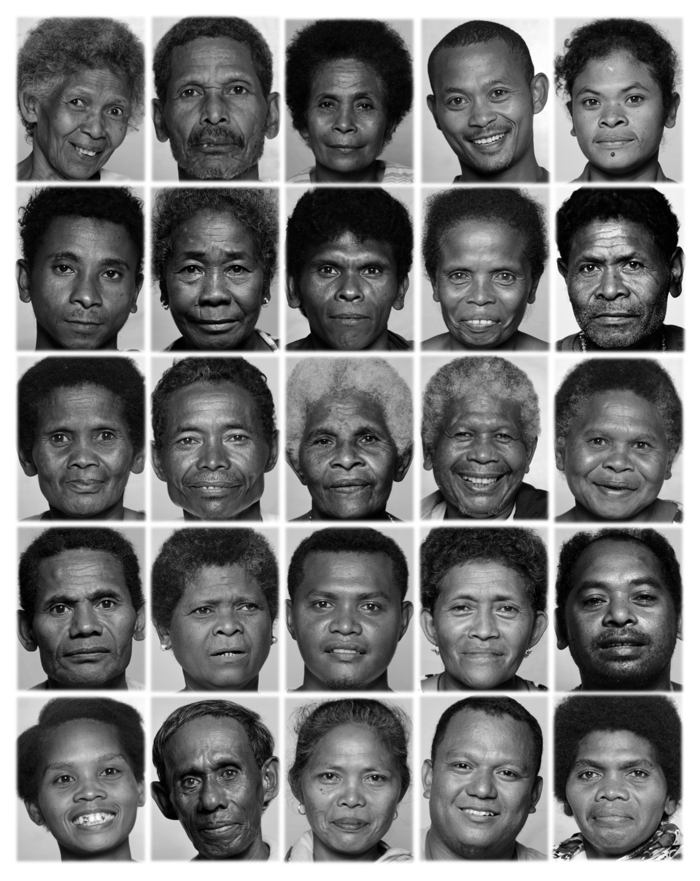The mysterious Denisovans were only formally identified about a decade ago, when a single finger bone unearthed from a cave in Siberia clued scientists in to the ancient existence of a kind of archaic hominin we'd never before seen.
But that's only one side of the story. The truth is, modern humans had in fact already encountered Denisovans a long time before this. We crossed paths with them an eternity ago.
So far back, in fact, that we forgot about them entirely. Especially as they – and other archaic humans, such as the Neanderthals – faded into the unliving past, and Homo sapiens assumed sole human dominion over the world.
But even that's kind of debatable.
All of these hominin varieties had a tendency to interbreed with one another when they co-existed, which is why, in a manner of speaking, ancient humans still live on in our modern human DNA.
Now, a new study reveals where the impression of this genetic fingerprint can most clearly be identified today.
According to the study, led by first author and human evolution geneticist Maximilian Larena from Uppsala University in Sweden, a Philippine Negrito ethnic group called the Ayta Magbukon has the highest level of Denisovan ancestry in the world today.
"Together with the recently described H. luzonensis, we suggest that there were multiple archaic species that inhabited the Philippines prior to the arrival of modern humans and that these archaic groups may have been genetically related," the researchers explain in their study.
"Altogether, our findings unveil a complex intertwined history of modern and archaic humans in the Asia-Pacific region, where distinct Islander Denisovan populations differentially admixed with incoming Australasians across multiple locations and at various points in time."
According to the results of the analysis – based on a comparison of around 2.3 million genotypes from 118 ethnic groups in the Philippines – the Ayta Magbukon's level of Denisovan ancestry is approximately 30 to 40 percent greater than that of Papuans.
 Photos of self-identified Negritos from across The Philippines. (Ophelia Persson)
Photos of self-identified Negritos from across The Philippines. (Ophelia Persson)
This is so, even though Philippine Negritos later 'diluted' their gene pool's amount of Denisovan genetics, with a more recent admixture of East Asian bloodlines, which carry lower amounts of Denisovan bloodlines.
If that dilution effect is accounted for, the Ayta Magbukon's level of Denisovan ancestry extends as high as 46 percent greater than Australians and Papuans, the researchers suggest.
Even without that manipulation, however, the evidence suggests the Ayta Magbukon mixed less with later arrivals than other Philippine Negrito groups: preserving traces of very old bloodlines from an archaic source – one destined, for a very long time, to be forgotten.
The research team worked with volunteers and indigenous cultural communities who participated in this study, and the project was recognized by and implemented in partnership with the National Commission for Culture and the Arts (NCCA) of the Philippines.
"Some groups, such as Ayta Magbukon, interbred only a little with the people who later migrated to the islands," says population geneticist Mattias Jakobsson, also from Uppsala University.
"That's the reason why the Ayta Magbukon retained most of their Denisovan genes and therefore have the highest levels of those genes in the world."
The findings are reported in Current Biology.
Article From & Read More ( One Living People Today Show More Traces of The Mysterious Denisovans Than Any Others - ScienceAlert )https://ift.tt/3iPrg3R
Science
No comments:
Post a Comment